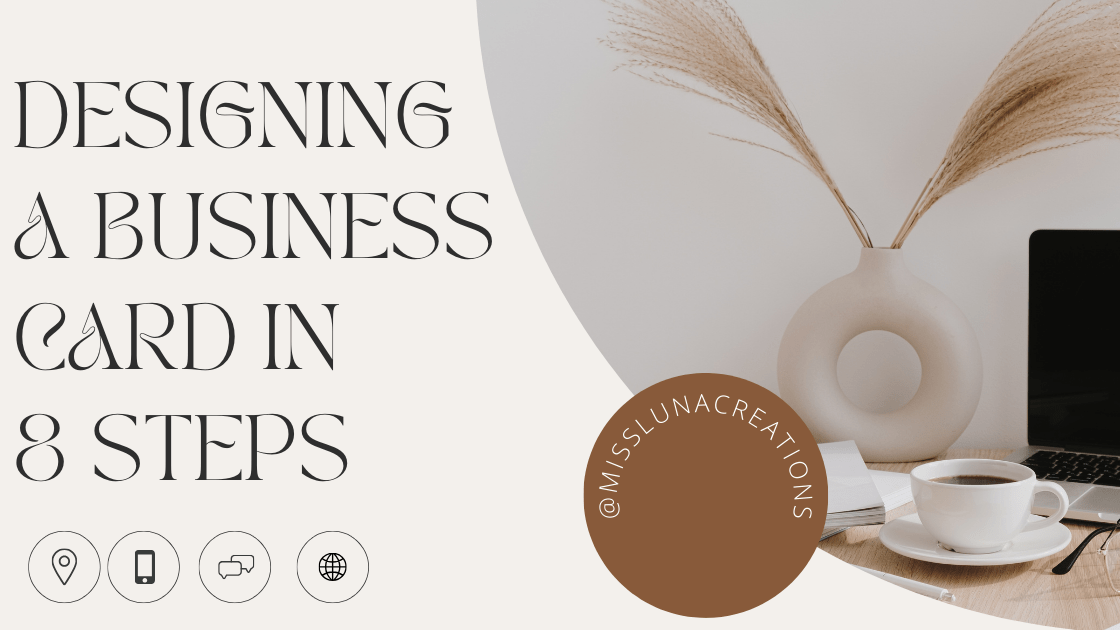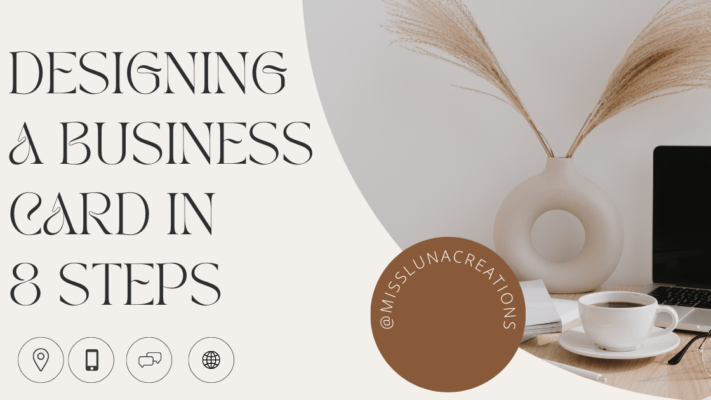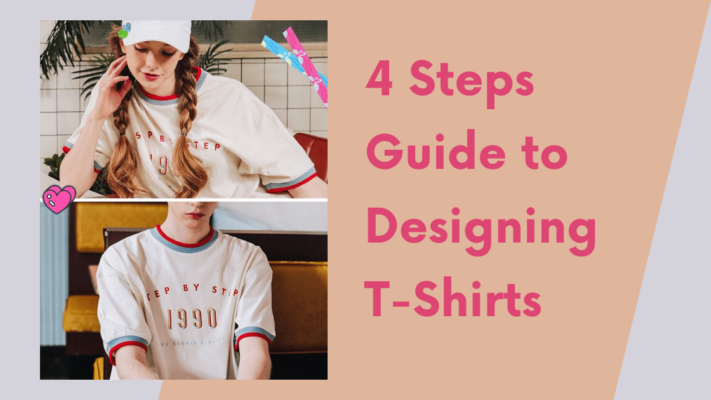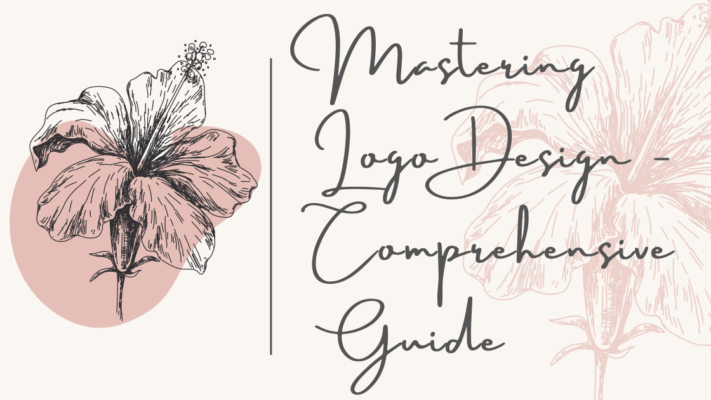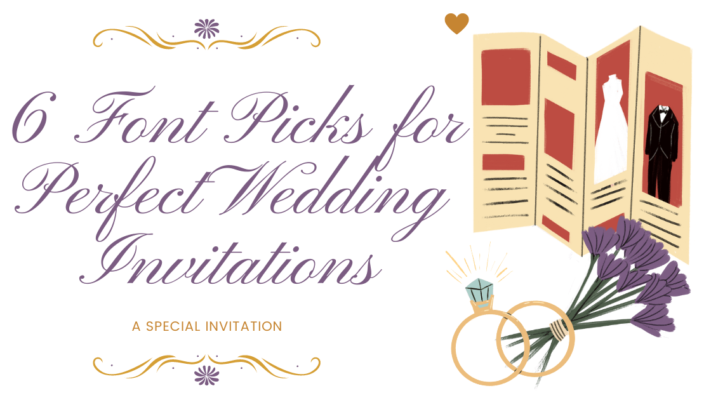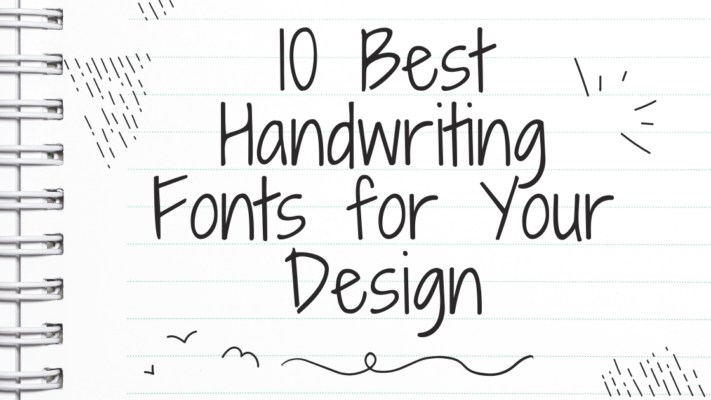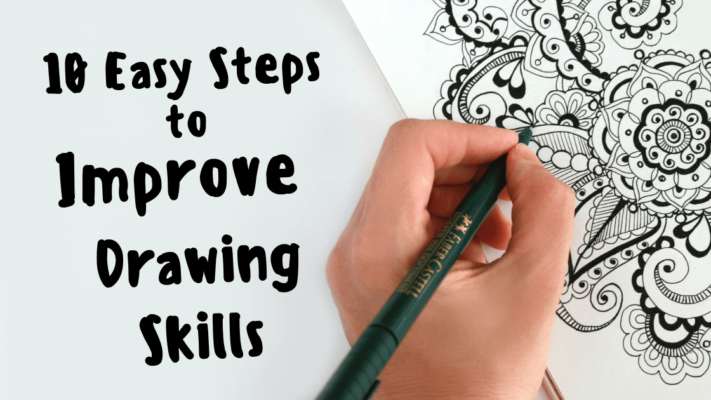Designing a business card is paramount in today’s competitive business environment. A meticulously crafted business card not only leaves a lasting impression on potential clients and partners but also effectively communicates your brand identity and value proposition. In this comprehensive guide, we’ll delve into the essential steps and best practices for designing a business card that captures attention and drives business growth.
Contents
Understand Your Brand Identity
Before diving into the design process, take the time to understand your brand identity thoroughly. Consider your brand colors, fonts, and overall aesthetic. Your business card should reflect these elements cohesively to reinforce brand recognition.
Choose the Right Format and Size
Selecting the appropriate format and size for your business card is crucial. While the standard size is 3.5 x 2 inches, you may opt for unconventional shapes or sizes to stand out. However, ensure that your card still fits easily into wallets or cardholders for practicality.
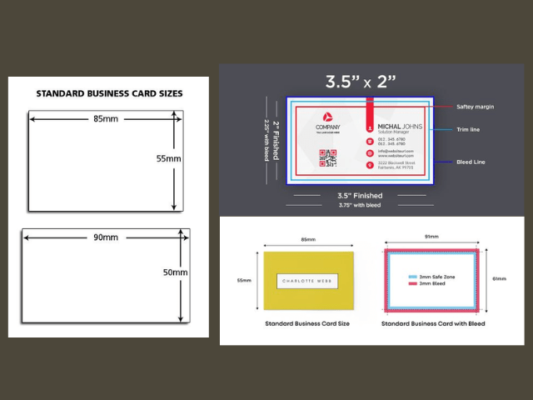
Focus on Clarity and Readability
Keep your business card design clean and uncluttered to ensure readability. Avoid overcrowding with excessive text or graphics. Include essential information such as your name, job title, company name, and contact details. Make sure the text is legible and easy to read at a glance.
Incorporate Eye-Catching Graphics
Graphics can enhance the visual appeal of your business card and make it more memorable. Incorporate your logo or other relevant visuals that align with your brand identity. Choose high-quality images and graphics that resonate with your target audience.
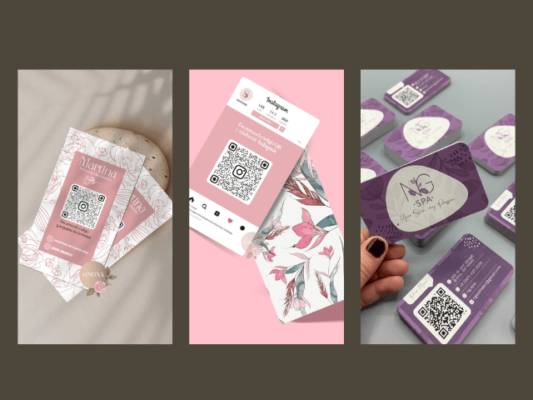
Experiment with Typography
Typography plays a significant role in conveying your brand’s personality and message. Experiment with different fonts and font sizes to create visual hierarchy and emphasis. However, avoid using too many font styles to maintain consistency and readability.
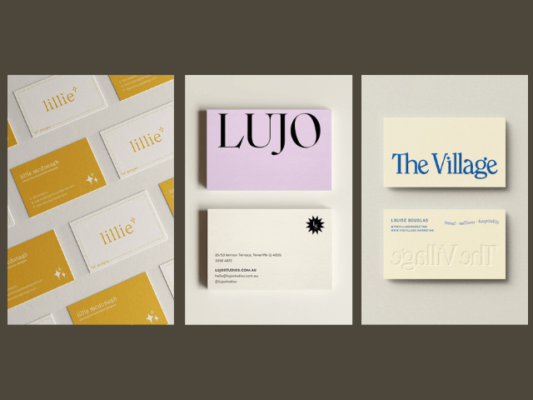
Utilize White Space Effectively
White space, or negative space, is essential for creating balance and visual appeal in your business card design. Use white space strategically to highlight key elements and improve overall readability. Avoid overcrowding the card with unnecessary elements.
Consider Finishing Options
Explore different finishing options to add a tactile element to your business card. Matte or glossy finishes, embossing, or foil stamping can elevate the look and feel of your card. Choose finishes that complement your brand aesthetic and budget.
Get Feedback on Designing A Business Card
Before finalizing your design, seek feedback from colleagues, friends, or industry peers. Their input can provide valuable insights and help identify any areas for improvement. Iterate on your design based on feedback to ensure it meets your objectives effectively.

In conclusion, designing a business card that effectively represents your brand requires careful consideration of various factors, from brand identity to typography and finishing options. By following these tips and best practices, you can create a standout business card that makes a memorable impression and drives business success.
Remember, your business card is often the first impression you make on potential clients or partners, so invest the time and effort to design it thoughtfully.
Related Posts
- Top 10 Outdoor Fonts Nature’s Typography Exploration
- Discover Top 17 Free Fonts for Commercial Use
- Mastering Logo Design – Your Comprehensive Guide

